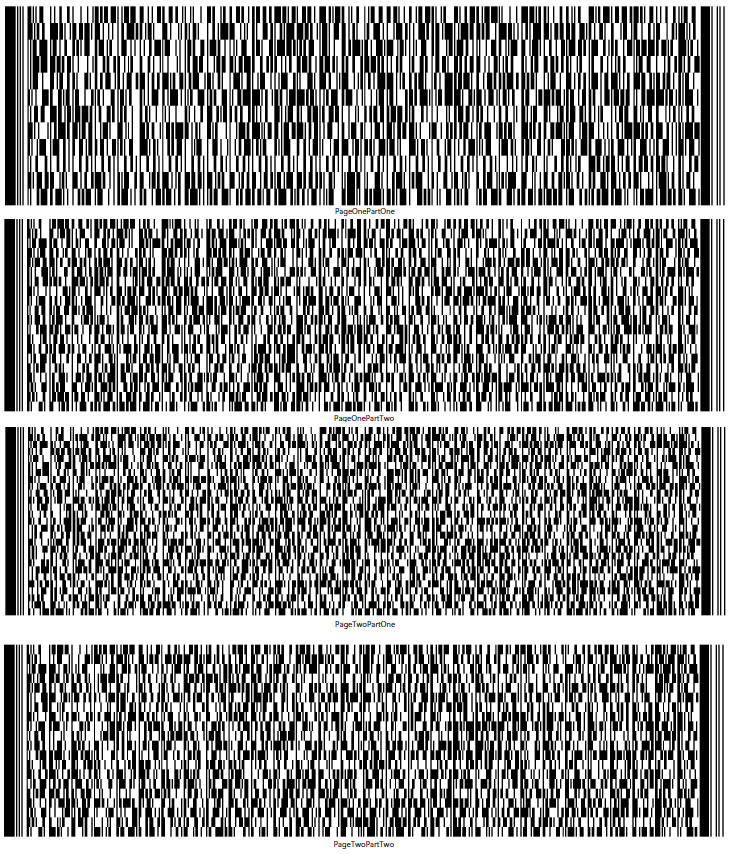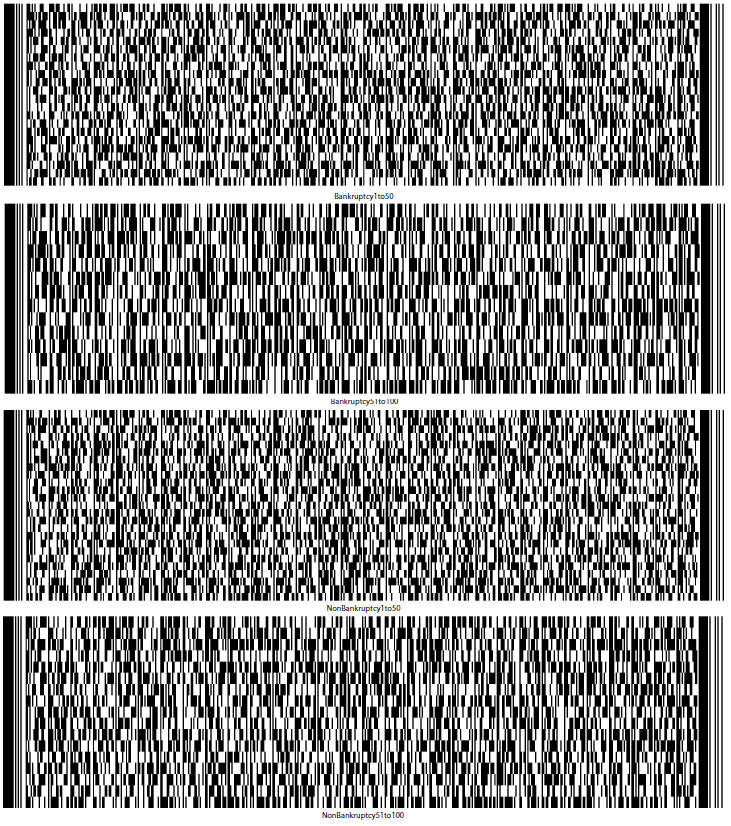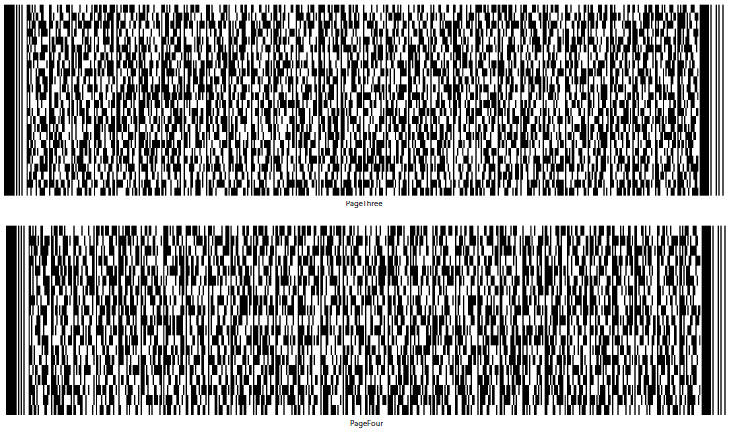23-10367-mg Doc 539-1 Filed 08/31/23 Entered 08/31/23 11:48:53 Supplement
Notes and Supporting Documentation Pg 2 of 7
Records of prepetition assets and liabilities, including, among other things, liabilities owed by the Debtor to its affiliates and FCB, are likely to be adjusted throughout the pendency of the Chapter 11 Case as claims are filed and items are approved by the Bankruptcy Court. The MOR and the Supplemental Balance Sheet and Supplemental Statement of Operations attached thereto, are an unconsolidated, stand-alone presentation of the Debtor’s assets and liabilities and income/loss. The financial results of Debtor’s subsidiaries not party to the Chapter 11 Case are included in the financial statements as Investments in Subsidiaries and Net (Gain)/Loss from Subsidiaries.
Reporting Period: Unless otherwise noted herein or in the MOR, the MOR generally reflects the Debtor’s books and records and financial activity occurring during the applicable reporting period. Except as otherwise noted, no adjustments have been made for activity occurring after the close of the reporting period.
NOTES TO MOR
Note 1: Employees
The Debtor did not directly employ any employees during the reporting period. SVBFG Employee Holdco LLC, a non-debtor direct subsidiary of the Debtor, employed four employees who performed services for the Debtor during the reporting period.
Note 2: Reorganization Accounting
Accounting standard ASC 852 requires expenses and income directly associated with the Chapter 11 Case to be reported separately in the statement of operations as Reorganization Items, net. Reorganization Items, net may include write-off of certain fees relating to debt obligations classified as Liabilities Subject to Compromise, expenses related to legal advisory and representation services, other professional consulting and advisory services, and changes in Liabilities Subject to Compromise. Reorganization Items, net will be recorded as such items are incurred and/or approved by the Bankruptcy Court.
Note 3: Investment Securities
Investment Securities primarily represent investments in venture capital and private equity funds, debt funds, private and public portfolio companies, including public equity securities held as a result of equity warrant assets exercised. The fair values of these investments are reflected in the financial statements and are adjusted on a quarterly basis. Fair value changes are recorded as unrealized gains or losses through net income.
Unconsolidated venture capital and private equity fund investments: Funds where ownership interest is typically less than 5% of the voting interests of each such fund and in which there is not the ability to exercise significant influence over the partnerships’ operating activities and financial policies. The unconsolidated venture capital and private equity fund investments are carried at fair value based on the fund investments’ net asset values per share as obtained from the general partners of the funds, adjusted for any contributions paid, distributions received from the investment, and significant fund transactions or market events during the reporting period.
Direct equity investments in private companies: The carrying value is based on the price at which the investment was acquired plus or minus changes resulting from observable price changes in orderly transactions for identical or similar investments. A range of factors is considered when adjusting the fair value of these investments, including, but not limited to, the term and nature of the investment, local market conditions, values for comparable securities, current and projected operating performance, exit strategies, financing transactions subsequent to the acquisition of the investment and a discount for certain investments that have lock-up restrictions or other features that indicate a discount to fair value is warranted.
2


 Market
Market (attach explanation))
(attach explanation))

